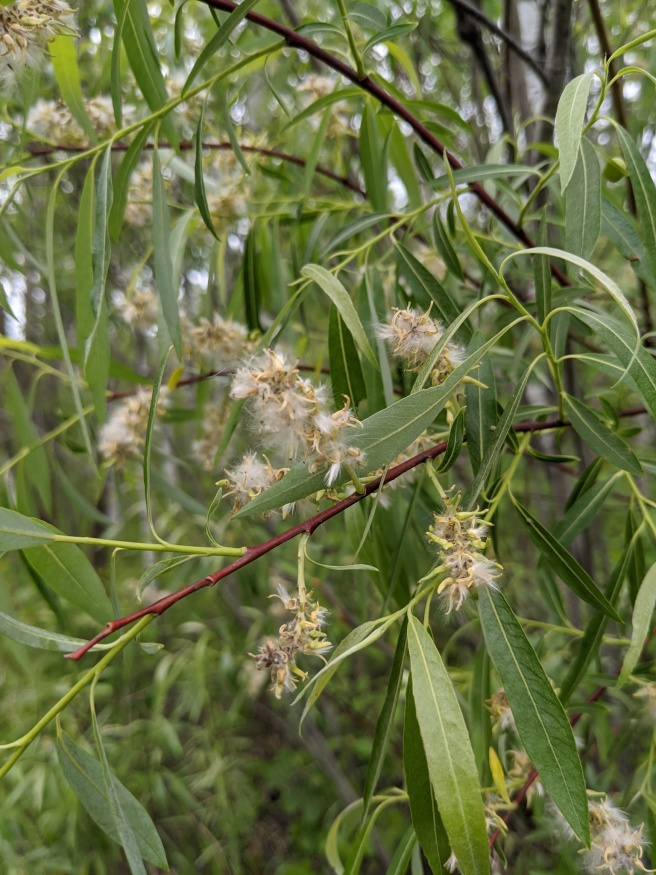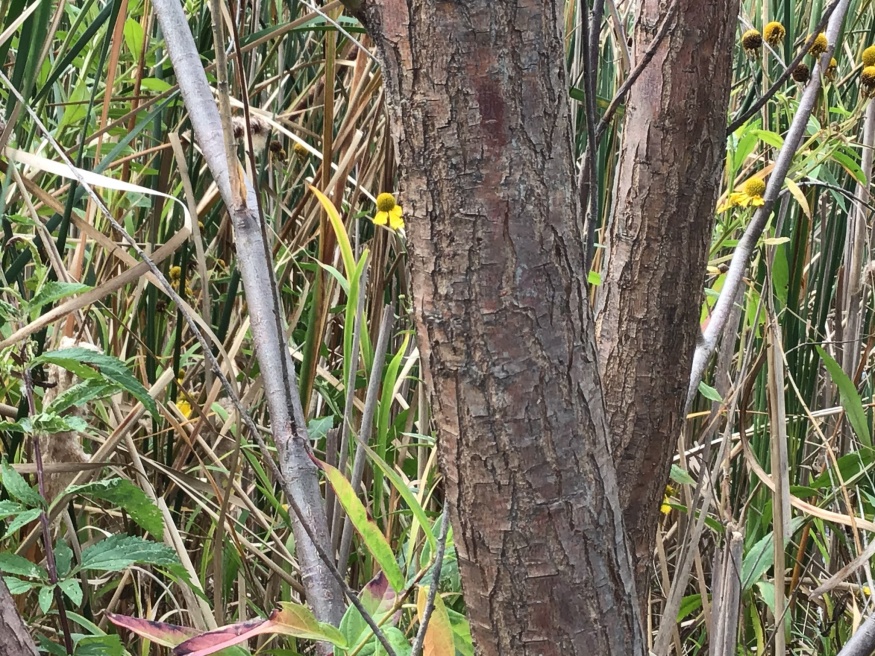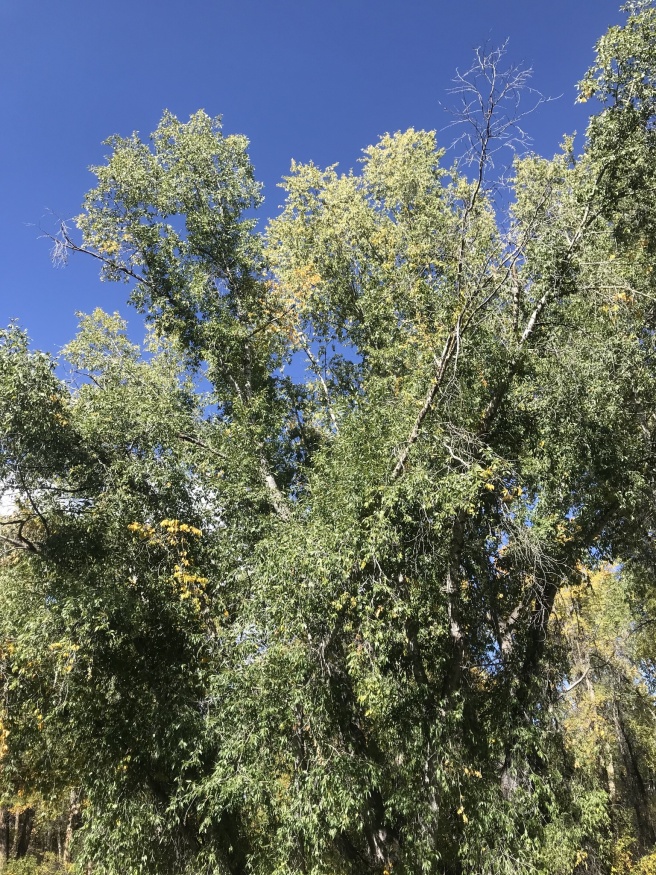Peachleaf Willow

Family: Salicaceae Native to: Eastern North America, Interior North America
Natural habitat: prairies, waters edge, floodplains
Growth rate: fast
Soil: moist and fertile, tolerates wet feet, ph adaptable
Peachleaf willow is most common tree willow in the North American eastern plains. Though a small tree to shrub in size, it is the tallest of the native willows in Canadian prairie provinces.

It usually grows in groupings with other peachleaf willows amongst cottonwoods and other willows. In floodplains and riparian areas, it dominates early successions of vegetation.

Leaves are long, finely toothed, and lance-shaped. The colour is dark green on top and lighter on the bottom. Long hanging catkins appear when leaves appear in the spring. Peachleaf willows often grow in groups with several trunks (leaders) leaning out from a clump. Branches then tend to curve up and droop at the ends.
Like other willows, the tree is an important resource for wildlife. Moose, deer, and domestic livestock feed on the twigs and buds. Bees feed on flower nectar, and its branches provide thermal cover and shade for animals and fish.
References
Farrar, J.L. (2018). Trees in Canada. Ottawa, ON: Natural Resources Canada.
Tree Atlas - Ontario, (2019). Peachleaf willow. Retrieved from https://www.ontario.ca/page/peachleaf-willow
United States Department of Agriculture, (n.d.). Salix amygdaloides. Retrieved from https://www.fs.fed.us/database/feis/plants/tree/salamy/all.html